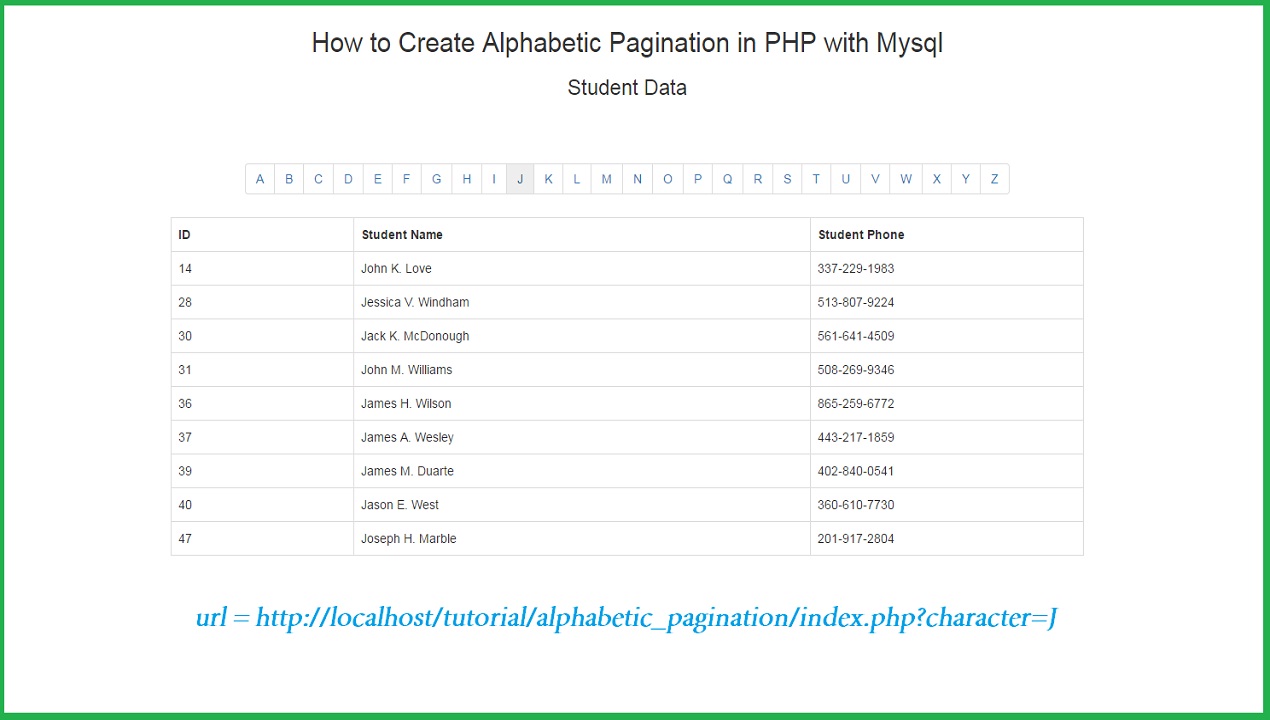

- #EXPLAIN ALPHABETIC INDEX AND TABULAR LIST QUIZLET HOW TO#
- #EXPLAIN ALPHABETIC INDEX AND TABULAR LIST QUIZLET FULL#
- #EXPLAIN ALPHABETIC INDEX AND TABULAR LIST QUIZLET CODE#
- #EXPLAIN ALPHABETIC INDEX AND TABULAR LIST QUIZLET FREE#

Also, list the six different sections of the Tabular List., Discuss special reports and explain the importance of modifiers in assigning CPT codes.
#EXPLAIN ALPHABETIC INDEX AND TABULAR LIST QUIZLET CODE#
Chapter 21 is Factors Influencing Health Status and Contact with Health Services (Z00-Z99). Study with Quizlet and memorize flashcards containing terms like List and describe the three code categories in the Current Procedural Terminology (CPT) manual., Distinguish between the Alphabetic Index and the Tabular List in the CPT code set. Chapter 20 also groups codes related to external causes of injury and poisoning. The Alphabetic Index has two parts: Index to Diseases and Injuries and Index to External Causes of Injury.
#EXPLAIN ALPHABETIC INDEX AND TABULAR LIST QUIZLET FULL#
It does not always provide the full code. Chapter 20, External Causes of Morbidity (V00-Y99), replaces the V and E codes used in the ICD-9-CM. The Alphabetic Index helps you determine which section to refer to in the Tabular List. Chapter 15, Pregnancy, Childbirth, and the Puerperium (O00-O9A), groups codes related to the prenatal and postnatal periods. Still other chapters group conditions together by etiology or the nature of the disease process, as in Chapter 2, Neoplasms (C00-D49). 1st character: always alpha (all letters except 'U') 2nd character: numeric (0-9) 3rd7th character: alpha or numeric Decimal: placed after the 3rd character Structure Chapter: ICD-10-CM is organized into 22 chapters based on anatomic or etiologic groupings. Explain the necessity of referencing the Alphabetic Index and the Tabular List 3. However, some chapter titles use a part of the body or an organ system to group the codes for example: Chapter 9, Diseases of the Circulatory System (I00-I99). Assign a diagnosis or procedure from the Alphabetic Index using main terms, subterms, and essential modifiers 2. For example, Chapter 1 is: Certain Infectious and Parasitic Diseases (A00-B99). Is used for main term entries in the alphabetic index, and all codes and descriptions in the tabular list. In most of the chapters, the title is composed of a group of diseases and injuries, followed by a code range in parentheses. These codes form the foundation of the ICD-10-CM code set.

Each chapter is divided into categories, or blocks, that have been assigned 3-character codes. The ICD-10-CM Tabular List of Diseases and Injuries (commonly called simply the Tabular List) is divided into 21 chapters.
#EXPLAIN ALPHABETIC INDEX AND TABULAR LIST QUIZLET HOW TO#
The hyphen (-) at the end of the code indicates that additional characters are required to complete the code.Explain how to use the Tabular List to select main terms, essential modifiers, and the appropriate code (or codes) or code ranges. Lightweight plugin for editing CSV/TSV/PSV files with a flexible Table.
#EXPLAIN ALPHABETIC INDEX AND TABULAR LIST QUIZLET FREE#
The nonessential modifiers (i.e., acute, catarrhal, chronic, noninfective, and hemorrhagic) do not affect the code assignment. Weve created this HUGE list of the best free VST plugins available on the web. It is used in the Alphabetic Index and the Tabular list of ICD-10-CMs. This feature works the same in all modern versions of Microsoft. The second essential modifier listed under the main term is "amebic (acute)," and the subterm listed under amebic is "nondysenteric." The main term is bold face the nonessential modifiers that follow it are enclosed in parentheses the essential modifier is indented one space under the main term and the subterm is indented one space under the essential modifier (two spaces under the main term). Within there is a Neoplasm Table and Table of Drugs and Chemicals. To create a form based on a single table using the Form Wizard, follow these nine steps. 16.3 provides an example of the main term Colitis which is followed by the nonessential modifiers (acute), (catarrhal), (chronic), (noninfective), and (hemorrhagic). This index includes main terms, nonessential modifiers, essential modifiers, and subterms. First By General Categories and Then In Alphabetical Order By The Title A. Section II.C., contains rules governing code assignment for two or more conditions that equally meet the definition for principal diagnosis. It consists of 21 Chapters.The ICD-10-CM Index to Diseases and Injuries (commonly called the Alphabetic Index) consists of an alphabetic list of diagnostic terms and related codes. While the list is not all inclusive, it does contain Our midi files are great. The Guidelines further state that in determining principal diagnosis, coding conventions in the ICD-10-CM, the Tabular List and Alphabetic Index take precedence over the Guidelines.


 0 kommentar(er)
0 kommentar(er)
